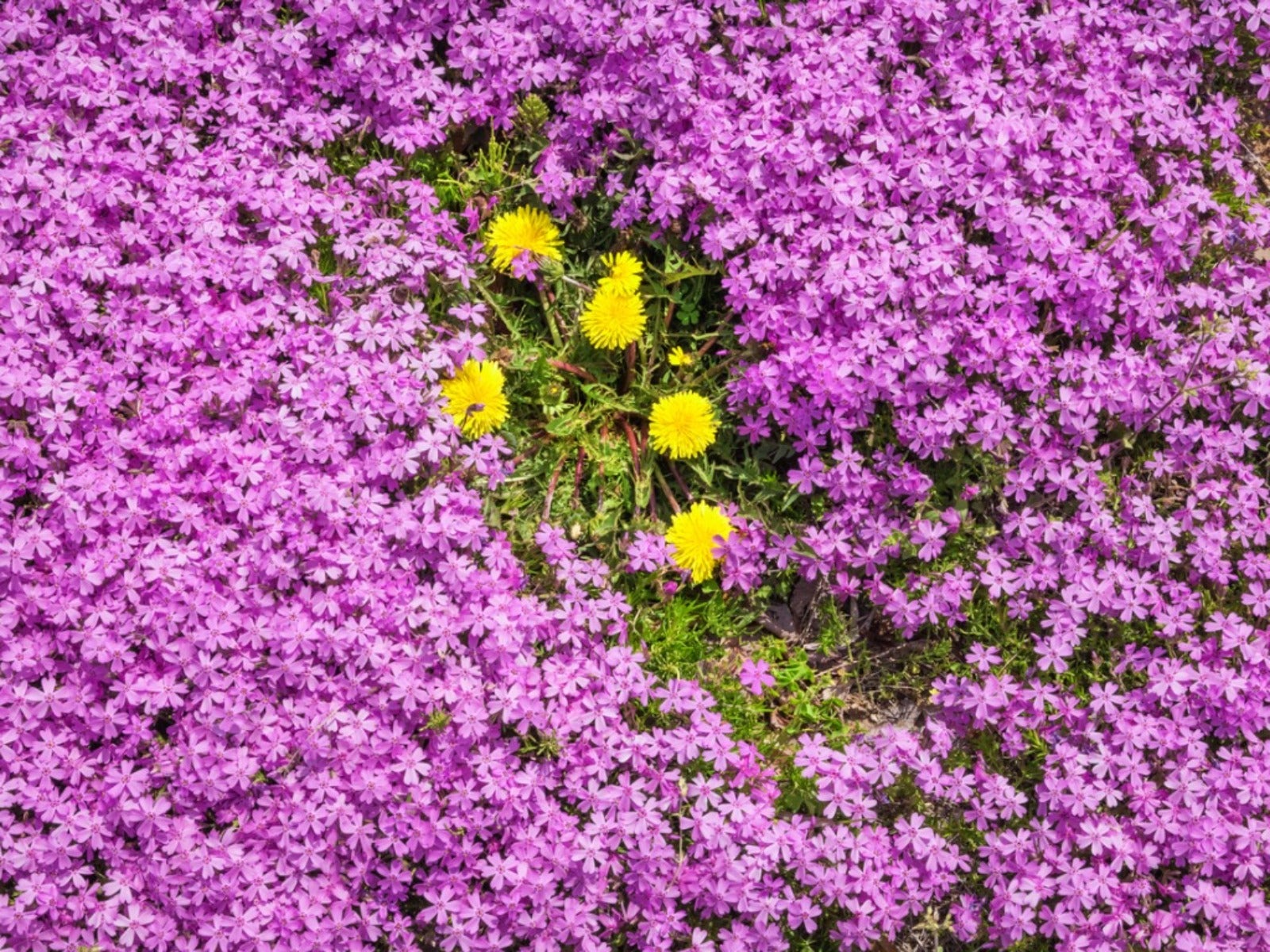Best Groundcover Plants To Prevent Weeds


Groundcovers can be an excellent choice for suppressing weeds in garden areas. They can save time and energy spent pulling weeds, as well as reduce the need for chemical control. Find out more about low-growing, mat-forming groundcovers for your landscape.
Types Of Groundcovers to Prevent Weeds
Groundcovers can add a surprising pop of color or texture, differentiate between landscape spaces, provide erosion control, and just plain look good. The best groundcovers to prevent weeds are low-growing, dense, mat-forming evergreens, but there are deciduous choices that work well too.
There are groundcovers for sun, part sun, and shady areas that can provide ornamental beauty as well as outcompete weeds.
Best Groundcover Plants to Prevent Weeds
For best results, first remove all the weeds in the planting site. The areas can be solarized in summer for four to six weeks using clear plastic. For quicker planting, pull or hoe the weeds. Perennial weeds such as dandelions may need chemical control to kill all the roots. Spray about two weeks before planting. Read and follow all label instructions.
Then, incorporate compost to enrich the soil and improve its drainage. The best time to plant is in spring to give the plants time to become established before winter.
Dense evergreens are the preferred groundcover that chokes out weeds. Deciduous groundcovers can work too, if they form a carpet of foliage that prevents the sun from reaching the soil and germinating those pesky weeds. Here are a few of our favorites:
Sun – Height 1 to 6 inches (2.5-15 cm)
- Clustered bellflower (Campanula glomerata 'Superba') -- purple flowers in late spring, dense foliage mat to 5 inches (13 cm). Flower stalks to 12 inches (31 cm). Zones 3-8
- Creeping juniper (Juniperus horizontalis) -- evergreen, ‘Icee Blue,’ ‘Prince of Wales,’ ‘Wiltonii’ (‘Blue Rug’). Zones 3-9
- Creeping phlox (Phlox subulata) -- red, white, lavender flowers in spring, evergreen. Zones 3-9
- Creeping thyme (Thymus praecox) -- pink flowers in spring, evergreen. Zones 5-8
- Crystal River ® veronica (Veronica ‘Reavis’) -- blue flowers in spring, evergreen. Zones 3-7
- Goldmoss sedum (Sedum acre) -- yellow flowers in early summer, evergreen leaves. Zones 4-9
- Ice plant (Delosperma spp.) -- red, yellow, white, or fuchsia flowers spring to fall, succulent leaves. Zones 6-10
- Rock cress (Aubrieta ‘Red Cascade’) -- magenta to rosy-red flowers in spring, evergreen. Zones 4-9
- Woolly yarrow (Achillea tomentosa) -- yellow flowers in summer, gray foliage. Zones 3-7
Part Sun – Height 1 to 6 inches (2.5-15 cm)
- Ajuga (Ajuga reptans ‘Burgundy Glow’) -- blue flower spikes in late spring. Zones 3-10
- Heath aster (Aster ericoides ‘Snow Flurry’) -- white flowers in fall, native. Zones 3-9
- Scotch moss (Sagina subulata 'Aurea') -- white flowers in spring, chartreuse foliage. Zones 4-8
- Stonecrop (Sedum spurium ‘Dragon’s Blood’) -- rosy red flowers in summer, foliage turns red in fall. Zones 4-9
- Stonecrop (Sedum spurium 'John Creech') -- pink flowers in fall, foliage turns burgundy. Zones 3-9
- Kinnikinnick (Arctostaphylos uva-ursi) -- pink flowers in spring, red berries, evergreen, n ative. Zones 2-6
Shade – Height 1 to 8 inches (2.5-20 cm)
- Foamflower (Tiarella cordifolia) -- creamy white flowers, native. Zones 4-9
- Japanese spurge (Pachysandra terminalis) -- evergreen. Zones 5-9
- Twinflower (Linnaea borealis) -- pink flowers in pairs in summer, evergreen, native.
- Wild ginger (Asarum caudatum) -- evergreen leaves, native. Zones 7-10
- Wintergreen (Gaultheria procumbens) -- needs acidic soil, evergreen leaves turn bronze in winter, red berries, native. Zones 3-8
Sign up for the Gardening Know How newsletter today and receive a free copy of our e-book "How to Grow Delicious Tomatoes".

After graduating from Oklahoma State University with a degree in English, Susan pursued a career in communications. In addition, she wrote garden articles for magazines and authored a newspaper gardening column for many years. She contributed South-Central regional gardening columns for four years to Lowes.com. While living in Oklahoma, she served as a master gardener for 17 years.